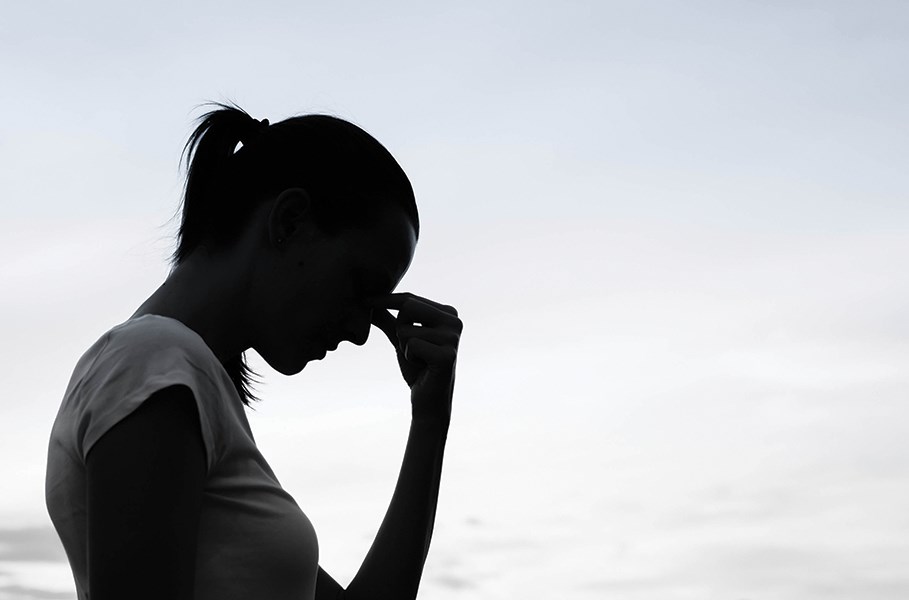From the mouths of babes …
I was sitting with a friend and her 10-year-old, griping mildly about our respective COVID-imposed routines, when the child piped up and said, “Time for a hard reset.”
It took a moment to understand the computer reference – and its subtext. What our young friend was saying was: “Stop snivelling. Yeah, you don’t have as much to do as before, but use your imagination. Adapt to your now. Be in your now.”
I don’t know about the snivelling bit, but it is a certainty that our social and sensory worlds have narrowed, and that our moods reflect both a sense of loss and of boredom.
Not just that. For many of us, isolation, limited social options, and estrangement from favourite pastimes corral us into routines that we’d otherwise not entertain. That is natural. In the face of uncertainty, routines are least predictable and can be a comfort.
But there’s a dark side: Thinking in circles, brooding, and unhealthy introspection, along with narrowed choices, can cause us to become scattered, depressed, and anxious.
Well, in the words of my computer-savvy young friend, there’s an app for that.
In fact, there are two.
The first, and most obvious thing to do is to find new projects, to learn new things.
“Oh, great,” I hear you say. “I’ll just sit around and learn Spanish, shall I? Or maybe take up knitting.”
While it may not be a bad idea to turn your hand to something new, there’s another project worth considering that goes well with time alone and which can enrich your moments and give depth to your understanding of your own process of perception.
I’m talking about “mindfulness.” I’ve written about this before, and it seems in these days it is worth examining what it can do for us.
Mindfulness is a form of meditation. It is frequently referred to as a “practice” because it is something that is never perfected. Never completed. There’s nothing mysterious about it; it is the essence of simplicity – a way to cast aside emotional and perceptual clutter and to become more intimate with our inner experience.
Here’s a way to begin.
Find a cozy chair to sit in, preferably in a quiet place. Get comfortable. Be aware first of your breath. The way it feels going in and out.
Your ego will want to talk to/at you, to label with words what you are experiencing. Assess. Judge. Ignore this as best as you are able. Send your ego for a walk. Don’t allow it to describe and dictate your experience. Focus on the breath. Just be a passive observer. Do this for 20 minutes at first. After a few sessions, you’ll get the hang of it.
This is the beginning. If you want to learn more about the practice of mindfulness, there are plenty of resources online.
My point today is to look at how narrowed social and physical choices, and the confines of routine, can lead to unhealthy patterns of thought – and how meditative practices can reveal entire inner worlds.
In this context, the old expression “less is more” takes on added meaning.
With practice, we find that a time of scarcity and solitude can reveal a world of limitless variety and depth.



